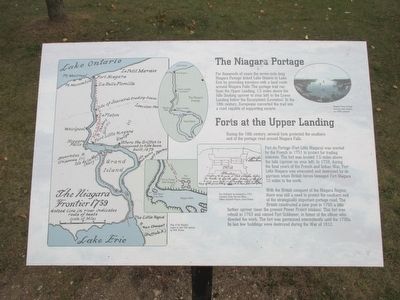Welcome to ʻIolani Palace, a regal landmark that stands as a beacon of Hawaiian history and culture. Established in 1882 by King Kalākaua, the palace is the only official state residence of royalty in the United States. Originally designed by architect Thomas J. Baker, the palace reflected a blend of Italian Renaissance and American Florentine styles, showcasing the kingdom’s desire to be recognized as a modern nation.
ʻIolani Palace served as the official residence of the Hawaiian monarchy until the overthrow of the Kingdom of Hawaii in 1893. This dramatic coup was a pivotal moment in Hawaiian history, resulting in the eventual annexation of Hawaii by the United States in 1898. The palace was then used as the capitol building for the Provisional Government, Republic, Territory, and State of Hawaii until 1969.
One of the most notable figures associated with the palace is Queen Liliʻuokalani, the last reigning monarch of Hawaii. After the overthrow, she was imprisoned in a small room on the upper floor of the palace for almost eight months. During her imprisonment, she composed the poignant song ‘Aloha ʻOe,’ which has since become a symbol of Hawaiian resistance and identity.
Through the years, ʻIolani Palace has undergone extensive restoration to preserve its rich history and cultural significance. Today, it operates as a museum, offering visitors insights into the life and times of Hawaii’s last reigning monarchs. Walking through its grand halls, one can still feel the echoes of royal banquets, diplomatic gatherings, and the complex history that unfolded within its walls.
The palace plays a crucial role in the broader historical context as a symbol of Hawaiian sovereignty and cultural pride. It stands as a reminder of the island’s unique identity and the enduring spirit of its people.
As you explore ʻIolani Palace, imagine the vibrant court life, the political intrigues, and the personal stories of those who walked these halls. Each room, artifact, and story brings Hawaii’s royal past to life in vivid detail.


